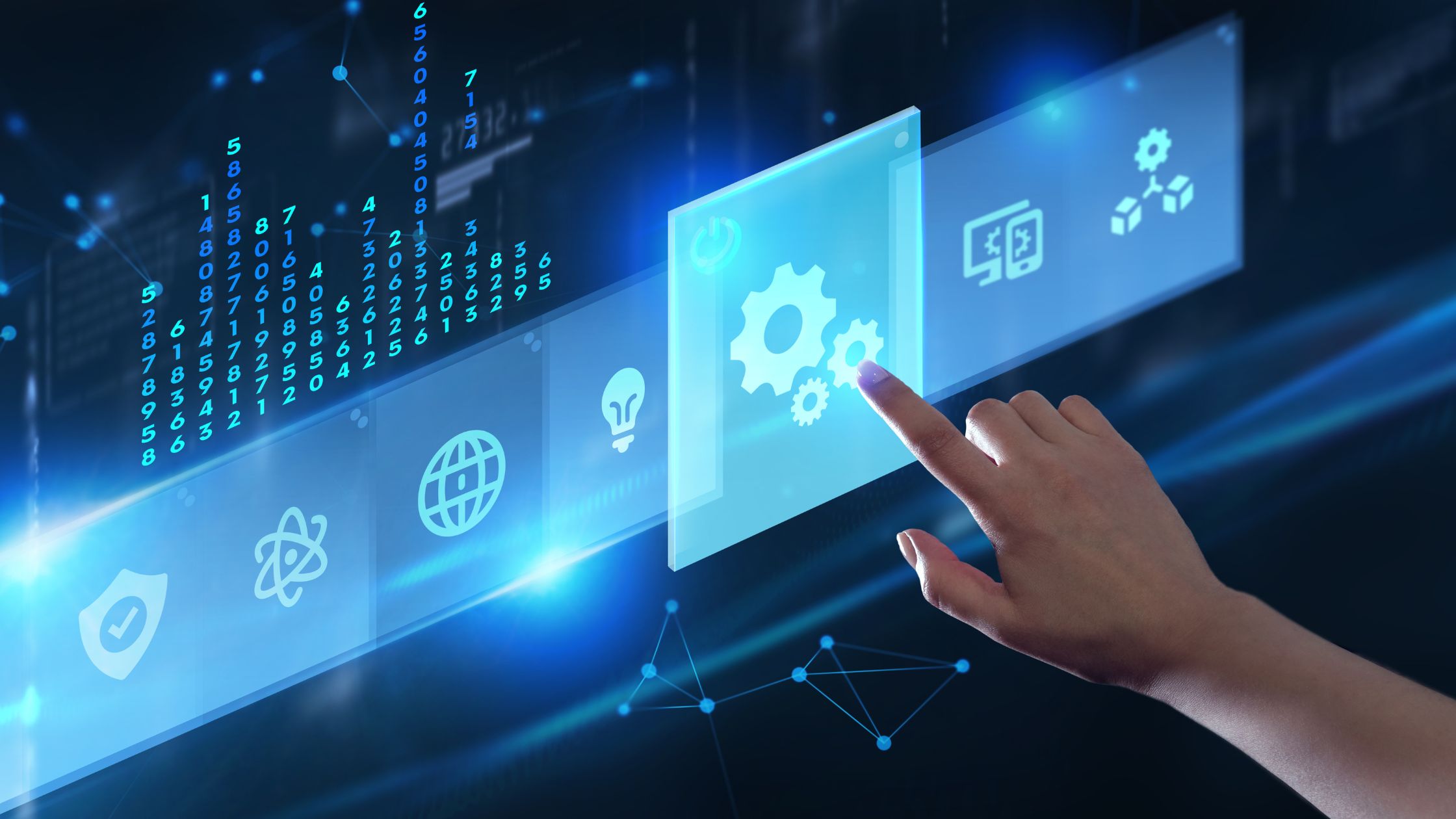The world is entering the age of hyperconnectivity, in which devices, data, and information systems constantly communicate with one another, sharing data between and among numerous applications designed to do everything from protecting our homes to running oil rigs.
Edge Computing
Edge computing, as the name implies, is computer power that exists on the outskirts of a connected ecosystem. It is physically close to the endpoint devices that generate the data, such as sensors or mobile phones. Edge computing’s role is to ingest data generated by nearby endpoint devices and then use a machine learning programme to analyze that data and then direct an action based on that analysis.
Edge computing is an alternative to sending endpoint-generated data to centralized servers for processing, whether on-premises or, more likely, in the cloud. This edge computing capability is typically housed in purpose-built devices such as IoT gateways, but it can also be housed in endpoints.
Benefits of Edge Computing
Increased speed/lower latency
Edge computing eliminates the need to move data from endpoints to the cloud and back. Reducing travel time shortens the entire process; this time savings can be measured in seconds, and in some cases, milliseconds. That may not seem like much, but travel time, also known as latency, is a critical consideration in a connected world where real-time decision-making capabilities are required for endpoint device functionality.
Enhanced security and privacy safeguards
Because it keeps data close to the edge and thus away from centralized servers, edge computing can provide enhanced security and privacy protections. Edge devices are still vulnerable to hacking, especially if they are not adequately secured. However, edge devices only store a limited amount of data and frequently do not contain complete data sets that hackers could exploit.
Endpoint data stored in centralized servers, on the other hand, is often combined with other data points, resulting in a more complete collection of information that hackers could exploit. Consider edge computing in the healthcare setting. Sensors gather vital signs from patients, which are then analyzed by an edge computing device.
Savings/cutting operational costs
Although data storage costs have decreased significantly over the last decade or so, the cost of moving data is increasing as its volume grows. Experts predict that connectivity costs will continue to rise as data volumes increase. They also anticipate that users will require more bandwidth to handle the load, raising the price even further.
By reducing the amount of data moved back and forth to the cloud, edge computing can help keep costs in check, or at least keep them from rising as high as they could.
Resilience
Edge computing functions even when communication channels are slow, intermittently available, or temporarily unavailable. For example, an energy company with edge computing deployments on an oil rig does not have to rely on an available satellite connection to relay data back to a data center for processing all of the time; instead, it can choose to move only the necessary processed data from the edge back to its data center when the connection is available.
Edge computing improves resiliency even further by eliminating a single point of failure, as is the case with centralized servers; a failure at one edge device does not affect the performance of other edge devices in the ecosystem, thereby improving the overall reliability of the connected environment.
Scalability
Organizations, like cloud computing, can add edge devices as their uses expand, deploying and managing only what they require. Furthermore, endpoint hardware and edge devices are frequently less expensive than adding more computing resources within a centralized data center, making it more efficient for organizations to scale at the edge.

Leave a Reply